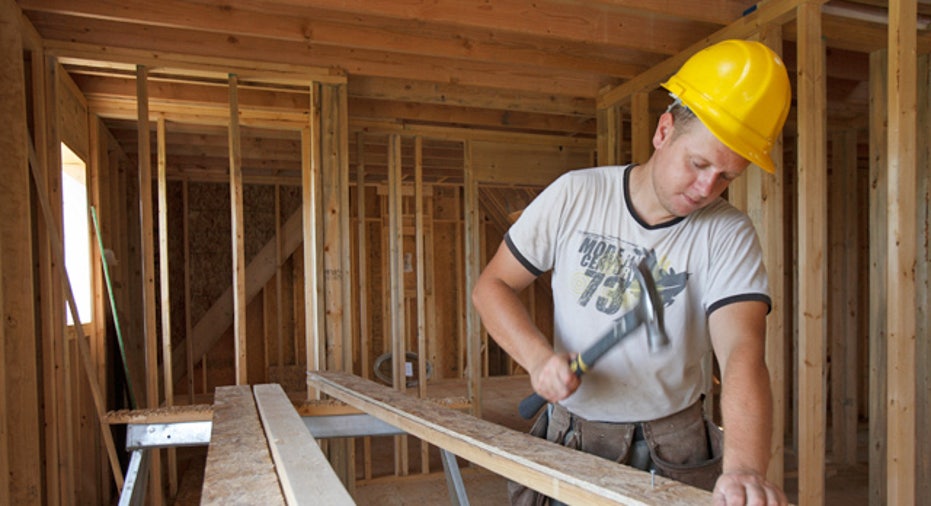Homebuilder Sentiment Holds Steady in July

U.S. homebuilder sentiment stayed at its strongest level in almost a decade in July as the housing market broadly improved despite an uptick in mortgage rates from earlier this year, the National Association of Home Builders said on Thursday.
The NAHB/Wells Fargo Housing Market index stood at 60, which was the highest since November 2005, the group said in a statement.
This was unchanged from June's upwardly adjusted level, which was originally reported at 59. Economists polled by Reuters had predicted a July figure of 60.
Readings above 50 indicate more builders view market conditions as favorable than poor. The index has not been below that level since June 2014.
“As we head into the second half of 2015, we should expect a continued recovery of the housing market,” NAHB Chairman Tom Woods said in a statement.
The single-family home sales component rose a point to 66 following a seven-point jump in June, while the gauge of expectations for sales of single-family homes over the next six months rose two points to 71.
The measure on prospective buyer traffic slipped to 43 from a five-month peak of 44 in June.
In each of the four regions NAHB tracks, more home builders said they were optimistic about their business.
“However, builders still face a number of challenges, including shortages of lots and labor,” NAHB Chief Economist David Crowe said.
Moreover, some analysts said rising home loan costs due to higher yields in the bond market could hamper housing demand.
U.S. 30-year mortgage rates averaged 4.23 percent last week, unchanged from the prior week and up from 4.04 percent from the end of 2014, the Mortgage Bankers Association said on Wednesday.
On Friday, the government will release its June data on domestic housing starts and permits at 8:30 a.m. (1230 GMT).
Economists polled by Reuters forecast home builders broke ground at an annualized rate of 1.110 million units last month, faster than May's 1.036 million annualized units. They projected building permits likely slowed to 1.150 million annualized units from an eight-year high of a 1.25 million-unit rate.
(Reporting by Richard Leong; Editing by Chizu Nomiyama)